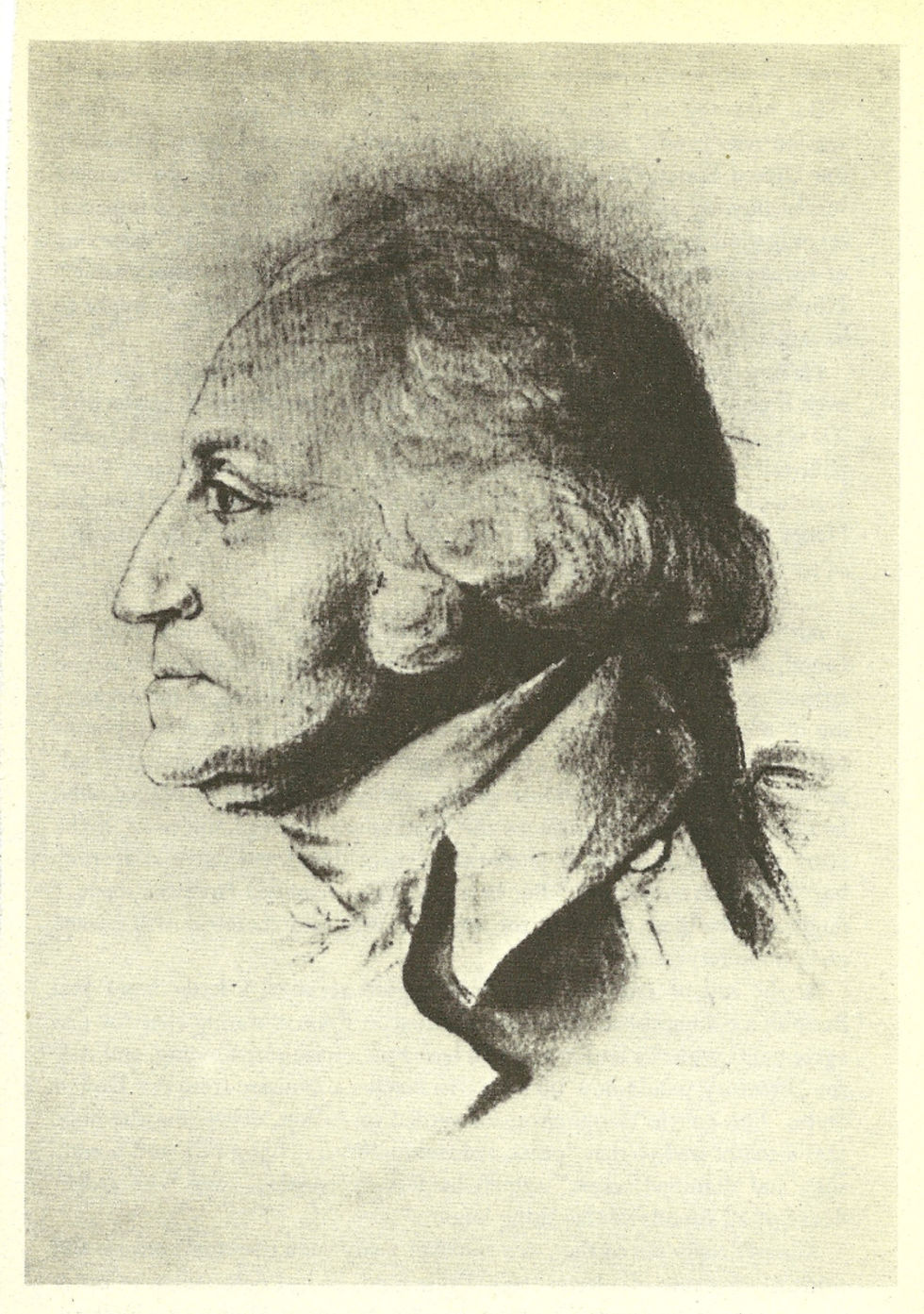The Second Great Awakening
- richardnisley
- Sep 25, 2021
- 2 min read
Updated: Mar 13, 2025
Tents going up on the edge of town. Overflowing crowds, and preachers shouting fire and brimstone, and everyone half-expecting the skies to open and Jesus Christ himself to arrive in a chariot of fire. This was the scene in much of America by the middle of the 19th century. It has since been called "The Second Great Awakening."
The Second Great Awakening began around 1800, gained momentum by 1820, and was in decline by 1870. The Second Great Awakening led to the formation of many new religious denominations, including the Seventh-Day Adventists, the Church of Latter Day Saints, and Christian Science. It also resulted in a number of social reforms that included the abolition of slavery, the women's suffrage movement, and the temperance movement.
The Second Great Awakening began with Methodist and Baptist preachers staging camp meetings in newly settled frontier regions which was often the first contact settlers had with organized religion. The camp meetings often lasted several days with crowds of hundreds and perhaps thousands of people, with sermons by several preachers and crowds being pushed to a fever pitch with much dancing, singing and shouting. Upon their return home, most converts joined or created local churches, which grew rapidly.
The meetings took place in most of America which at the time was largely rural. Upstate New York became known as the "Burned-over district" because of the numerous revivals that crisscrossed the region. Revivals were not limited to whites, but played well among slaves, and later resulted in a number of uprisings. Indeed, in his majesterial autobiograpy, Frederick Douglas mentions a revival meeting amindst the slave plantations of rural Maryland; alas, only one plantation owner took the message to heart and actually freed his slaves.
The Second Great Awakening is credited with being among the factors that led to the American Civil War.
The goal wasn't merely gaining new converts, but social reform: people reading the Bible and “getting right with God.” As a result, local churches saw their roles in society as change agents, purifying the world through the individuals to whom they could bring salvation, and through changes in the law and the creation of institutions dedicated to eliminating social ills. The idea of transforming the world into a better place was applied to political action, as temperance activities, antislavery advocacy, and advancement of other social reforms who sought to implement their beliefs into national politics. One of the direct results would be The Seneca Falls Convention of 1848 (which would produce the Declarations and Sentiments Resolutions, and in 1920 lead to passage of the 19th Amendment, giving women the right to vote).
From the lawless saloons of Dodge City, Kansas, to the very halls of the nation's Capital, all of America was affected on some level.
END -

Comments